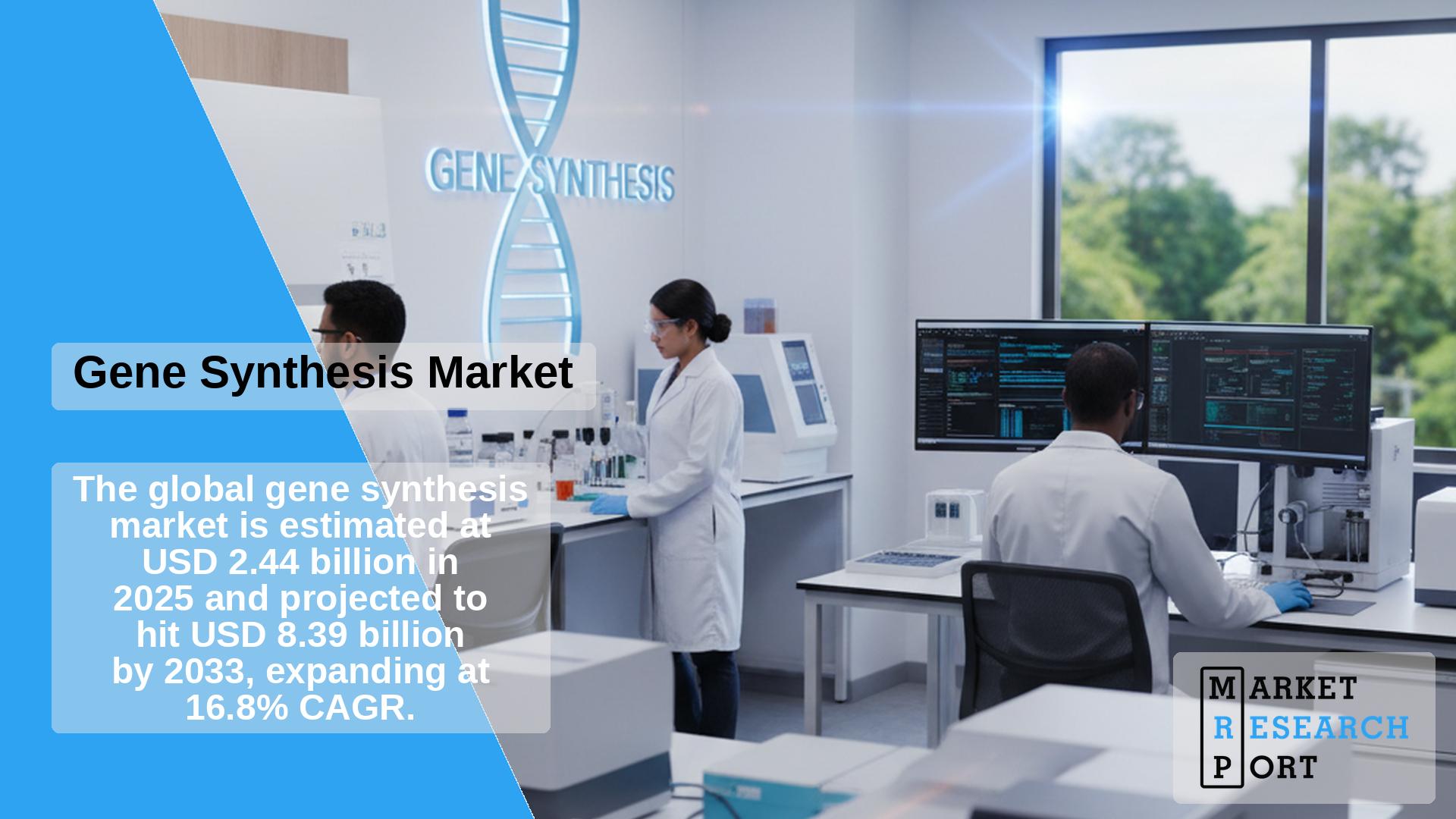
The global market for gene synthesis dedicated to research use reached an estimated USD 2.42 billion in 2025, with projections indicating growth to USD 8.39 billion by 2033. This expansion is powered by a 16.8% CAGR, primarily driven by surging investments in synthetic biology and ongoing advances in gene synthesis methods. Supportive regulatory policies, government initiatives, and technological breakthroughs are fostering rapid market growth across key regions including North America, Europe, Asia Pacific, Latin America, and the Middle East & Africa.
Technological advances are rapidly reshaping service offerings and research potential:
The market features a mix of established players and emerging firms, with moderate merger and acquisition activity aimed at expanding technological capacity, global reach, and service portfolios.
Leading market share (36.80% in 2024) thanks to robust biotechnology infrastructure, major industry players, and high research activity. The US market benefits from extensive innovation and facility expansion, such as GenScript’s automated synthesis center in New Jersey.
Growth is propelled by advanced R&D efforts, government funding, strong research collaborations, and a mature biotechnology sector. The UK and Germany lead in synthetic biology research and infrastructure.
The fastest-growing region (18.2% CAGR), driven by rising investment, expanding service infrastructure, and active market participants targeting China, Japan, Singapore, and India. GenScript’s launch of a Singapore facility in 2023 marks this momentum.
Emerging market fueled by government initiatives in scientific research, new molecular labs, and partnerships with international organizations. Kuwait, Saudi Arabia, and the UAE stand out for their increasing biotechnology investments and development of genomic capabilities.
The market features well-established giants and innovative new entrants, with ongoing collaboration and competition driving technological progress and expansion. Market leaders include:
Q: What is the market value for gene synthesis in 2025?
The market is estimated at USD 2.42 billion.
Q: What is the projected growth rate?
The compound annual growth rate (CAGR) is 16.8% between 2025 and 2033.
Q: Which region leads the global market?
North America, with a share of 36.80% in 2024, led the global market.
Q: Who are the main industry participants?
Key firms include GenScript, GENEWIZ (Azenta), Twist Bioscience, Boster Biological Technology, Thermo Fisher Scientific, and others.
Q: What factors drive industry growth?
Increasing investment in synthetic biology, technological advances in enzymatic synthesis, favorable regulations, and growing demand for rapid, customized genetic constructs.